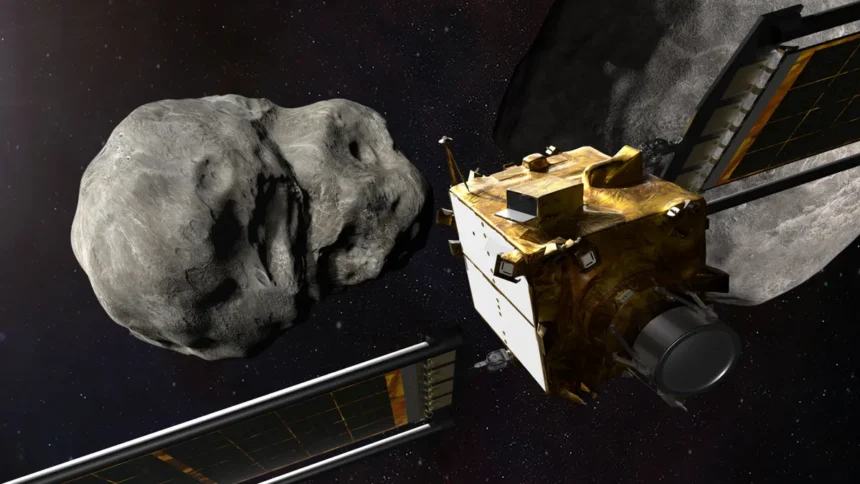US space office NASA’s shuttle, DART or Twofold Space rock Redirection Test, collided with a space rock a day sooner. The accident, created by researchers, planned to decide whether the crash would push space rocks from their directions.
The space organization has now delivered the principal pictures of the accident site by the LICIACube satellite.
The satellite caught pictures with its double camera framework three minutes after the accident and downfall of DART. The pictures portray floods of streaming flotsam and jetsam around Dimorphos, alongside photographs of the furthest side of the space rock and the stone’s area.
Planetary researcher at the Johns Hopkins Applied Physical science Lab called LICIACube, Andrew Cheng, said in a proclamation, “Our brave little columnist. What it will observer and the report will furnish us with special and significant data that we in any case wouldn’t get to see”.
DART groups are intending to investigate the pictures caught to analyze the accident data assembled by LICIACube.
According to katarina Miljkovic of Curtin College in Australia, “Presently the science can begin. This is to guarantee that, ought to Earth at any point experience a perilous space rock throwing towards us, we would know what to do.”
The European Space Organization is arranging a comparative mission of sending its criminal investigator satellite called HERA in a couple of years to translate the result of the accident.








